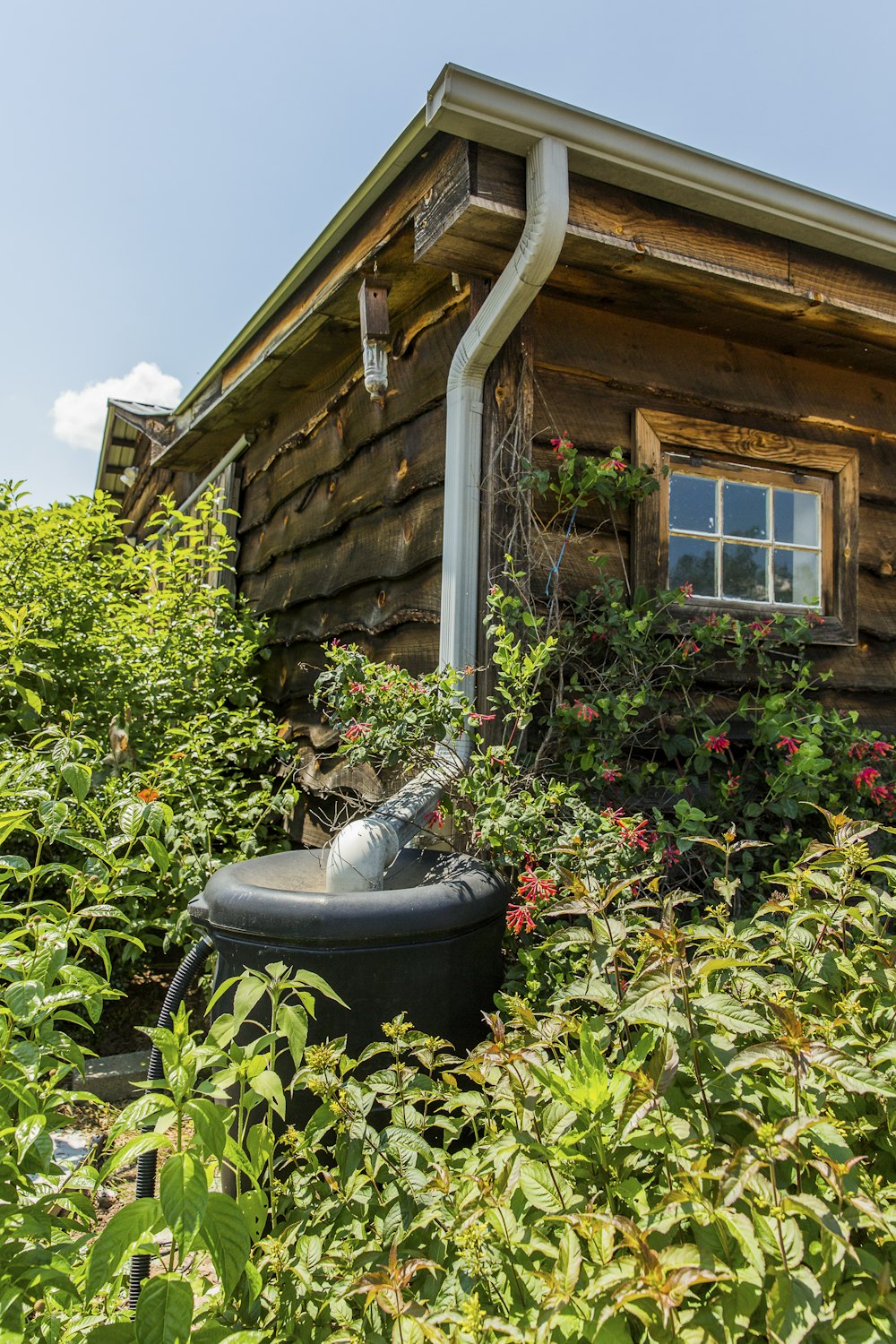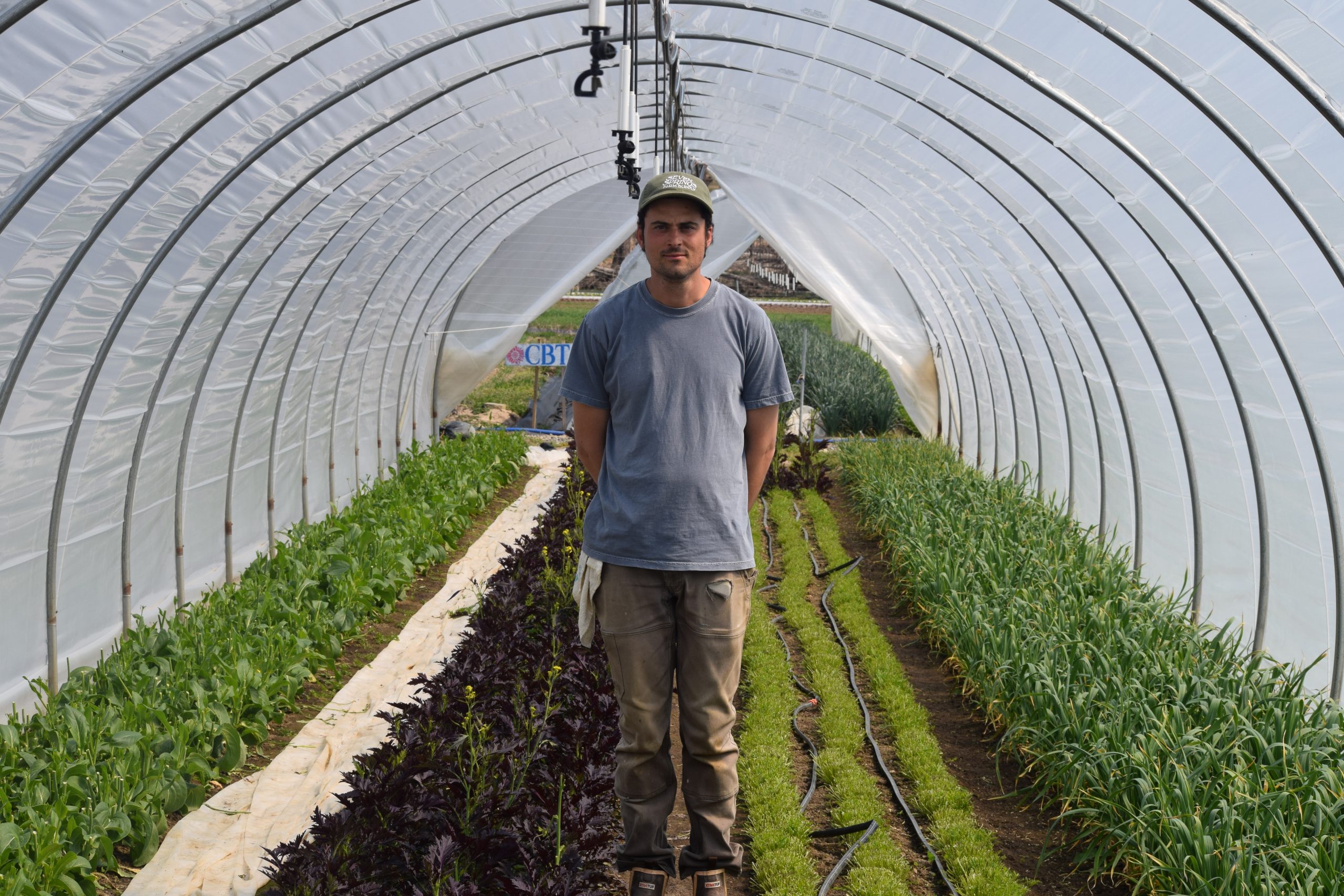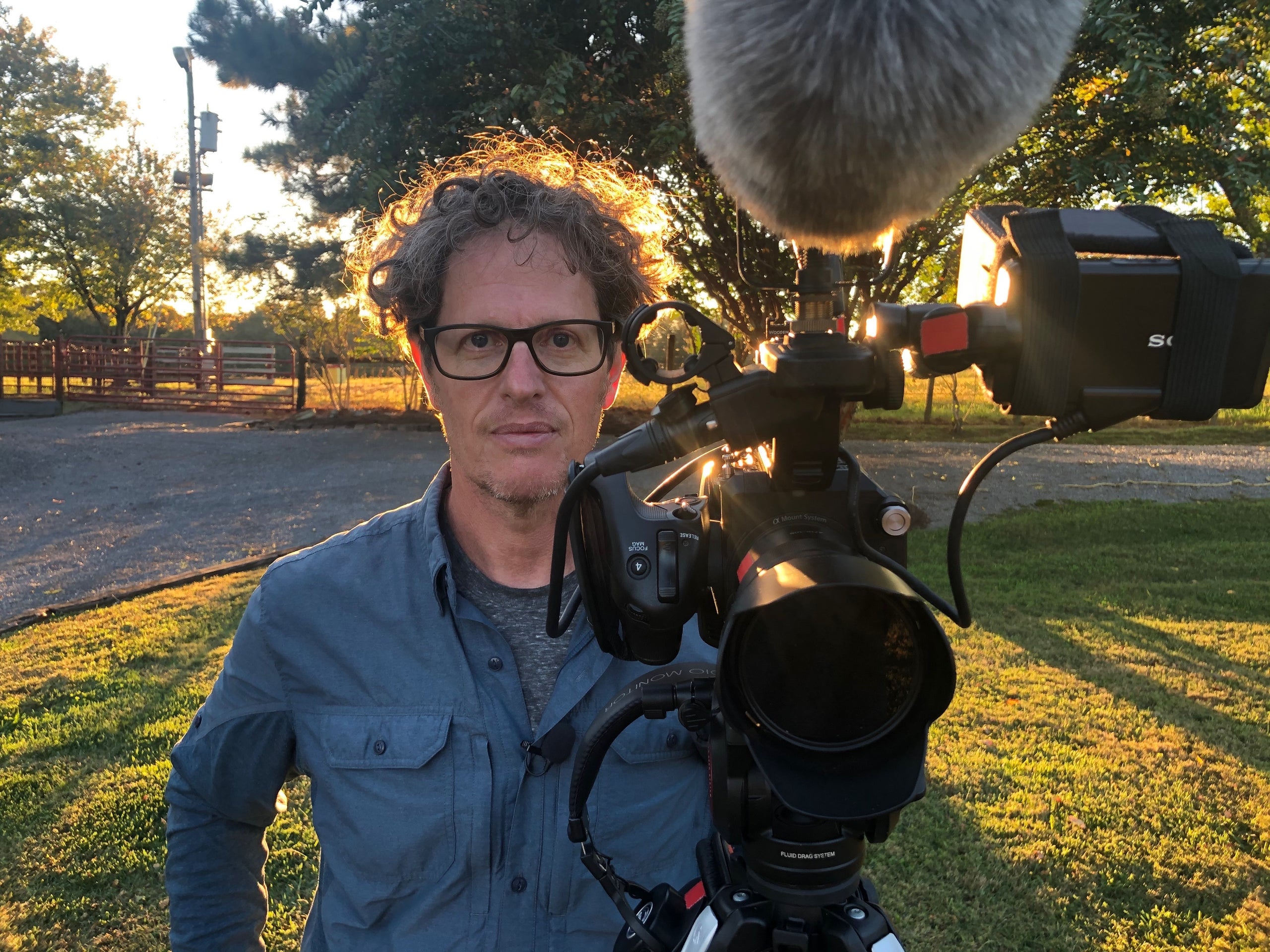Happy May, dear readers! This month I’m going to share a bit about permaculture, one of the schools of thought that guides how I garden. Then, I’ll share some ways that you can apply permaculture principles to your growing endeavors. If you’ve got gardening questions, don’t forget to send them to me at gardening@mountainx.com.
The term “permaculture” is a marriage of the words “permanent” and “agriculture” and was coined in 1978 by Bill Mollison and David Holmgren when they published their book Permaculture One: A Perennial Agriculture for Human Settlement. Mollison was a senior lecturer in environmental psychology at University of Tasmania, and Holmgren was a graduate student at the Tasmanian College of Advanced Education. They both observed how industrial agriculture was degrading land and water and would ultimately be unsustainable over the long term.
The authors explain that “permaculture is a philosophy of working with, rather than against nature; of protracted and thoughtful observation rather than protracted and thoughtless labor; and of looking at plants and animals in all their functions, rather than treating any area as a single product system.” In other words, learning from and mimicking the wisdom and complex beauty of the living world.

The philosophies and even specific techniques of permaculture stem from generations-old relationships between humans and the rest of the natural world. Bill Mollison and David Holmgren give credit to the aboriginal Tasmanian land stewards with whom they studied for many of the foundational ideas of permaculture. Land-based peoples all across the world and throughout time have practiced “permaculture” without calling it by that name.
Contrary to what many believe, permaculture isn’t a gardening technique but rather a collection of principles and approaches for engaging with whole systems — the interconnected webs of life that all people and gardens are a part of. This approach is based on studying uncultivated natural systems, as well as natural systems under the long-term management of Indigenous people on their native lands.
Many of the agricultural practices popular in permaculture are based on perennial crops, like fruit and nut trees; annual vegetables are a little like the “black sheep.” That’s in part because industrial vegetable and grain production — with their harmful impacts and unsustainable demands — were what the “fathers” of permaculture sought alternatives to. But, of course, annual plants play vital roles in balancing ecosystems and annual vegetables (and grains, and the animals that eat them) feed most humans most of the time.
So, what are the principles of permaculture, and how can they help you grow a more successful and satisfying garden? Following is my take on the original 12 permaculture principles, along with examples of how they can be applied to a vegetable garden.
Observe and interact. Put in the time and attention to understand what’s already happening before you take action, then experiment with small actions, pausing in between to see how the system responds.
Example: Take note of which parts of the garden are shady or sunny during different times and seasons throughout the year, then adjust what is planted where so everyone gets the sun they need. Trim or thin trees to increase sun for the garden and watch again what the impact is.
Catch and store energy. Design a system to accumulate energy, materials and information in the most useful forms and locations.
Examples: Collect water in a rain barrel that’s above your garden so that gravity can bring it to your crops as needed. The practice of growing vegetables stores the energy of the sun and rain in the form of food.
Obtain a yield. Each part of a system should produce something of value to someone or some ones (e.g., you, your human neighbors, the community of soil organisms, pollinator insects, songbirds). If your vegetable garden is not yielding food for you or for the soil or wildlife, make adjustments.
Example: You plant Jerusalem artichokes because they are a cool perennial vegetable, and then you discover that you don’t digest them well. If you have livestock, artichokes are an excellent fodder. If you don’t have animals, you dig them up, give them away or plant something else instead.
Apply feedback. You will make mistakes; learn from them, share them and revel in them. The same goes for your successes.
Examples: If your sweet potatoes yield lots of tiny potatoes, maybe they should be planted farther apart or planted earlier in the season next year. If you have a bumper crop of green beans, explore the possible reasons. Planting time? Fertility? Variety? Location?
Use and value renewable resources. Whenever you can, choose a renewable option rather than a finite resource.
Examples: Create a trellis with biodegradable material, such as bamboo and jute string — or something reusable, like a metal fencing panel — rather than single-use plastic netting. Choose seedling potting mixes that contain coconut coir instead of sphagnum peat moss because coconuts are a more renewable resource than peat bogs.
Produce no waste. Design so that “waste” streams/byproducts from one system become input for another. Think of waste as an action, not just a thing.
Examples: Feed your weeds to chickens who create eggs you can eat and poop you can feed to your veggies. Use biodegradable mulches that feed the soil instead of becoming trash.
Design from patterns to details. Always look at the big picture first. Make the most important and permanent decisions first and wisely, and let smaller decisions gather around those patterns.
Examples: When establishing your garden, design for general areas or beds (pattern) through which crops will rotate, rather than getting caught up in the exact garden plan (details). If you’re setting up an irrigation system, choose strategic locations for spigots (pattern), then try out different kinds of irrigation (details) to find the one that will work best.
Ensure multiple functions. Every element in a system should serve multiple functions.
Examples: You raise a trellis to service peas and after the peas are finished, cucumbers. You plant chickweed for ground cover in winter, harvest it for salad and take advantage of it as a soil conditioner and for fertilizer when it’s returned to the ground.
Find small and slow solutions. Go slowly and thoughtfully so that you can observe impacts of changes, respond to that feedback and use the least amount of energy to reach a desired outcome.
Example: Just because your tomatoes died from late blight in August does not necessarily mean you should build a resource-intensive greenhouse. Consider simpler solutions, like pruning for airflow, building more vertical trellising, experimenting with a different variety or just being satisfied with a shorter tomato season.
Explore and value diversity. Monoculture (for plants as well as people) can be a dangerous thing that leads to disease and closed-mindedness. Cultivate diversity.
Examples: Plant a variety of vegetables to ensure enough thrive and yield when others fail. Plant open-pollinated varieties that are more genetically diverse and therefore more adaptive to stressors. Plant a diversity of flowers for beauty, to feed pollinators and to attract predatory insects for pest control.
Use edges and value the marginal. Pay attention to the physical edges of a place and utilize them.
Examples: Create a little shelf or box on the fence line with your neighbor to share your extra veggies. Put a bench or hammock at the edge of the garden for resting and reflecting. Reintroduce hedgerows so that the wild gets to be wild between growing spaces. These wild spaces host creatures who eat garden pests.
Creatively use and respond to change. Approach design, the world and life in general as a fluid process in which each change contains opportunities. Pay attention; the journey really is the destination.
Examples: Plant crops and varieties of crops that are tolerant of variable temperatures, drought and flood. If you won’t have time one season to take on a big garden, plant cover crops and rest the soil rather than grow a huge garden that will need your time, attention, and energy. If you realize you don’t like canning tomatoes, grow fewer tomatoes!









